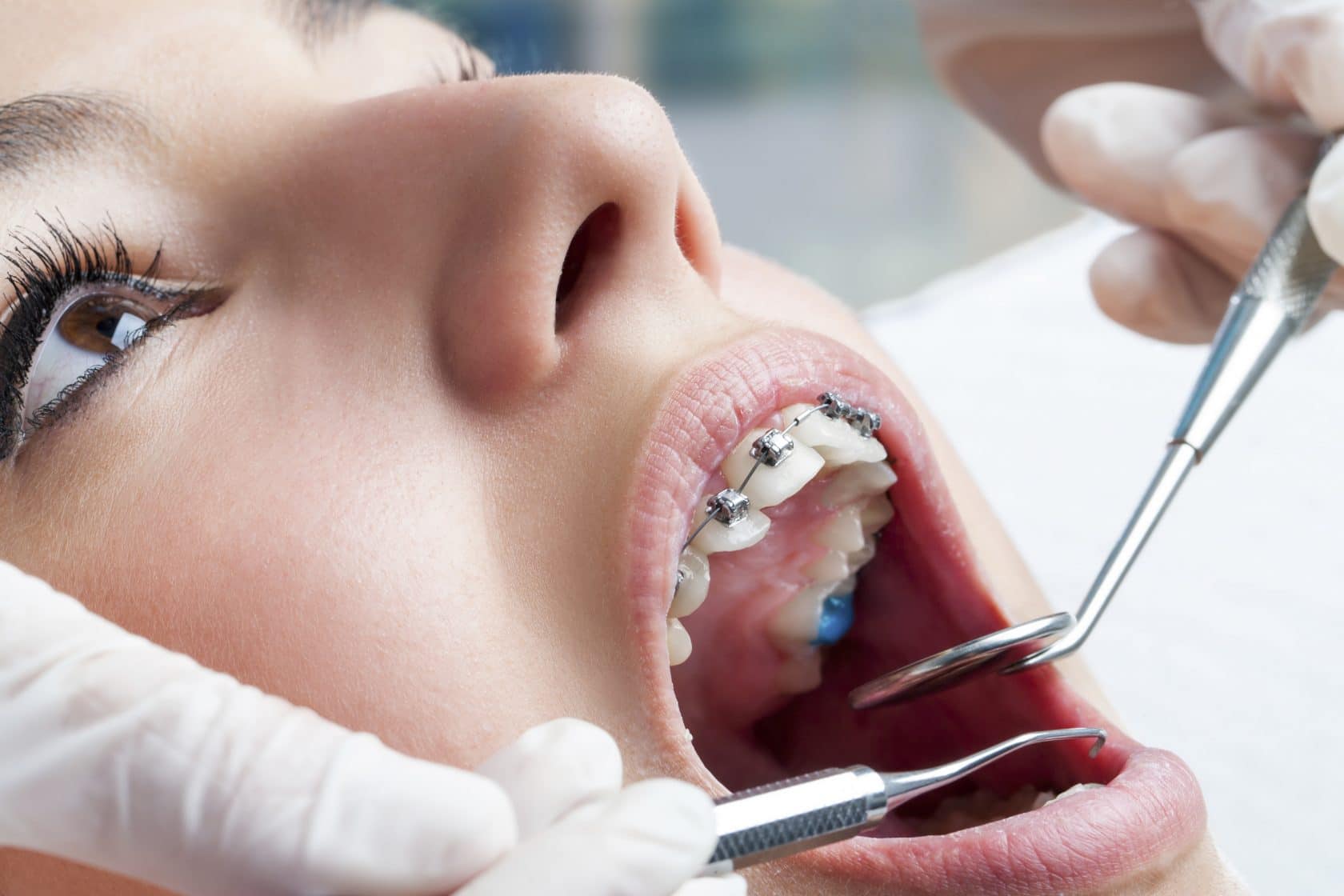Why Cumming Invisalign is the Perfect Selection for a Discreet Orthodontic Solution
Why Cumming Invisalign is the Perfect Selection for a Discreet Orthodontic Solution
Blog Article
Comprehensive Overview to Orthodontics Treatments for Dealing With Oral Imbalances
In the world of orthodontics, the journey to attaining a perfectly aligned smile includes a myriad of treatments customized to fix oral imbalances. From traditional braces to undetectable aligners and even surgical choices, the field of orthodontics uses an array of options to address varying degrees of dental irregularities. Recognizing the details of each treatment, including their mechanisms, benefits, and prospective downsides, is essential in making notified decisions concerning one's orthodontic therapy. As we navigate through the extensive guide to orthodontic procedures for remedying oral imbalances, the detailed information of each approach will certainly unravel, clarifying the path toward a harmonious and functional oral placement.
Orthodontic Procedures Summary

Along with standard braces and clear aligners, orthodontists may additionally suggest other treatments like headgear, palatal expanders, or retainers to attend to specific positioning issues (orthodontics). These treatments are customized to every person's special needs and may entail a combination of therapies to accomplish the wanted results. Routine changes and monitoring are important components of orthodontic treatment to make sure progress is on track and to make any type of essential modifications along the road. By undertaking orthodontic procedures, individuals can not just achieve a straighter smile yet additionally enhance their total dental health and function.
Conventional Braces: Exactly How They Work
When considering orthodontic therapies for oral misalignments, traditional dental braces stick out as a time-tested approach for remedying teeth positioning. Conventional braces are composed of brackets, cords, and bands that collaborate to use continuous pressure on the teeth, gradually relocating them into the wanted positioning. The braces are connected to the teeth making use of an unique adhesive, and the wires are threaded with the brackets. By changing the stress of the cables, orthodontists can manage the instructions and force related to each tooth, directing them right into proper positioning over time.
As pressure is used to the teeth with the braces, the bone bordering the teeth is improved to sustain the brand-new tooth placements. Patients will need regular adjustments at the orthodontist's office to guarantee the braces continue to apply the appropriate pressure for efficient teeth motion.
Undetectable Aligners: Disadvantages and pros
These Read Full Report clear, personalized trays are practically invisible when worn, making them an appealing option for individuals looking for a more cosmetically pleasing orthodontic therapy. Clients can get rid of the aligners prior to eating or cleaning their teeth, decreasing the threat of food getting stuck in the appliance and streamlining the cleansing process.

Surgical Orthodontic Options
Surgical treatments in orthodontics present viable options for dealing with complicated dental misalignments that may not be successfully settled through traditional orthodontic therapies. While conventional dental braces and undetectable aligners can remedy many orthodontic issues, certain instances require medical treatment to attain ideal results. Surgical orthodontic choices are usually suggested for severe malocclusions, considerable jaw discrepancies, and cases where the underlying bone structure needs modification to attain appropriate positioning.
One typical surgical orthodontic treatment is orthognathic surgical procedure, which includes repositioning the jaws to deal with practical concerns such as difficulty speaking or eating. This surgery is frequently performed in collaboration with an orthodontist who aids line up the teeth before and after the treatment. Surgical orthodontics may additionally include treatments to subject impacted teeth, get rid of excess gum tissue, or reshape the jawbone to develop a more unified facial account.
Before taking into consideration surgical orthodontic alternatives, individuals undergo a thorough analysis to figure out the necessity and prospective advantages of such interventions. braces. While surgical procedure may appear complicated, it can significantly enhance both the feature and looks of the smile in cases where traditional orthodontic therapies fall short
Retainers and Post-Treatment Treatment

Failing to abide with post-treatment treatment instructions go to website can result in relapse, where the teeth gradually relocate back in the direction of their initial settings. Constant retainer wear, great oral hygiene, and routine dental exams are important for preserving the results achieved via orthodontic surgical treatment and ensuring the long-term stability of the corrected oral positioning.
Final Thought
Finally, orthodontic treatments use different choices for fixing dental imbalances. Standard braces use steel brackets and wires to change teeth right into appropriate alignment. Undetectable aligners offer a more very discreet option but might not be ideal for all situations. Surgical orthodontic choices are offered for more extreme misalignments. Retainers are commonly made use of post-treatment to preserve the brand-new positioning. On the whole, orthodontic procedures can successfully enhance dental wellness and aesthetic look.
As we browse through the thorough guide to orthodontic treatments for correcting dental imbalances, the elaborate information of each method will certainly unfold, dropping light on the course toward a unified and useful oral alignment. - aligners
One of the most usual orthodontic treatments is the use of dental braces, which are composed of metal brackets and cables that use mild pressure to progressively move teeth into the desired position.When thinking about orthodontic treatments for oral imbalances, standard dental braces stand out as a reliable approach for remedying teeth positioning. Furthermore, undetectable aligners might not be ideal for intricate orthodontic concerns that need even more considerable teeth movement, as they are typically suggested for light to moderate cases. Retainers are customized orthodontic devices designed to hold teeth in their fixed settings after the completion of orthodontic treatment.
Report this page